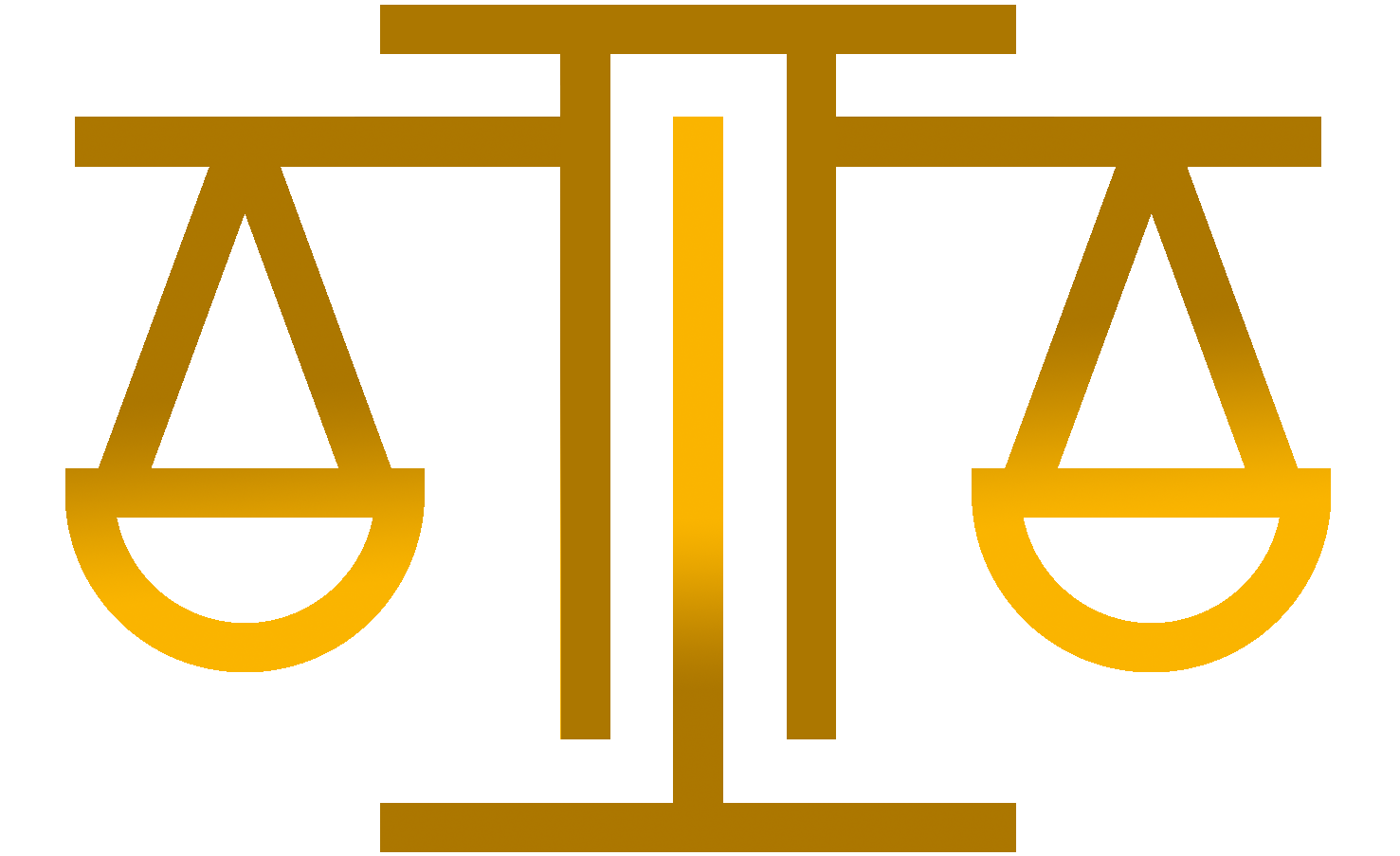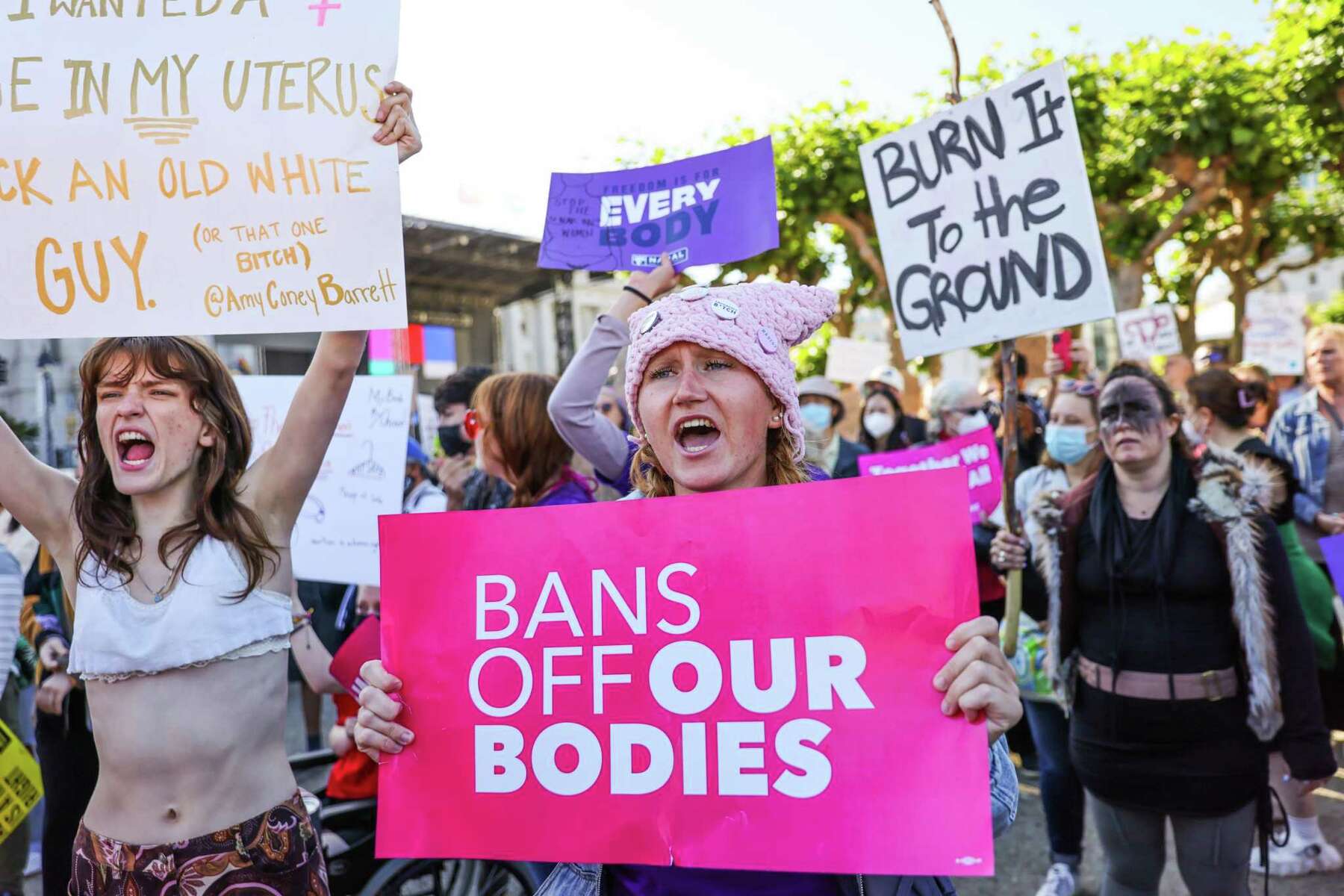Understanding the History and Implications of the Dobbs v. Jackson Women’s Health Organization Decision
The recent ruling by the Supreme Court of the United States (SCOTUS) in the Dobbs v. Jackson Women’s Health Organization case has galvanized groups on both sides of the issue of abortion – and raised concern among several groups that other heretofore constitutional rights may also be struck down in the wake of the Dobbs decision.
But even as the debate rages on between Pro-Choice and Pro-Life advocates, little has been written about the history of abortion in the U.S. – and even less about why so many groups that have nothing to do with abortion are so concerned about the implications of the Dobbs ruling.

In this Part 1 of a four-part series, I will provide an overview of how the U.S. has dealt with the issue of abortion since its founding in 1776. In Part 2, I will delve into the details of the Roe v. Wade decision – and in Part 3, I will explain why the Webb decision has raised such concern within so many disparate groups throughout the country.
In Part 4 of the series, I will describe how various states have chosen to deal with the issue of abortion – and take a look at how the Dobbs decision may impact the upcoming mid-term elections and the 2024 presidential election.
********************
A Historical Overview of Abortion in the U.S.
Although many believe that SCOTUS’ 1973 decision in Roe v. Wade was the beginning of the debate over abortion rights, that is certainly not the case.
In fact, for much of the country’s early history, abortions – at least those that took place in the early portion of pregnancies – were just a part of everyday life.
In her book entitled “When Abortion Was a Crime,” historian Leslie Reagan recounts how abortions were generally allowed under common law – and widely practiced throughout the U.S. – until about 1880.

During that time period, the only abortions that were deemed to be “illegal” were those that occurred after “quickening” – a somewhat ill-defined term that referred to the moment when a pregnant woman could feel the fetus moving.
As Reagan noted in her above-cited tome, “At conception and the earliest stage of pregnancy, before quickening, no one believed that a human life existed; not even the Catholic Church took this view. Rather, the popular ethic regarding abortion and common law were grounded in the female experience of their own bodies.”
Indeed, it was not until 1869 that the Catholic Church condemned most abortions. In 1895, it went even further and condemned “therapeutic abortions” – which were those that were deemed necessary to save a woman’s life.
The initial push to outlaw abortions in the U.S. was led by the then-fledgling American Medical Association (AMA). As recounted by Reagan, the AMA began a crusade in 1857 to make abortion illegal “out of regular physicians’ desire to win professional power, control medical practice, and restrict their competitors” (e.g., midwives and homeopaths).
The leader of the AMA’s anti-abortion campaign was Dr. Horatio Storer, a graduate of Harvard Medical School who worked primarily – in today’s terminology – as an OB-GYN.

Reagan asserts that Storer was motivated, in part, by his desire to keep women from being accepted as students at the Harvard School of Medicine. According to her, the AMA’s anti-abortion campaign was “antifeminist at its core.”
Another motivating factor for Storer was his concern that the large number of immigrants flowing into the U.S. in the mid-1800s might eventually lead to “Caucasians” becoming a minority of the overall population. Among other things, he argued that the West and South areas of the country should be populated by Whites rather than by Blacks, Catholics, Mexicans, Chinese, or Indians.
In 1873, Congress banned the production and distribution of drugs that were used to induce abortions – and by 1880, most states had passed laws that outlawed all forms of abortion.
Even after abortions were outlawed throughout the country, women continued to obtain them – albeit not from medical doctors. According to the Guttmacher Institute, the annual number of illegal abortions averaged from 200,000 to 1.2 million during the 1950s and 1960s.
In the mid-1960s, the women’s liberation movement began to push for the legalization of abortions. In addition to lobbying state legislatures, women also began to push for the nationwide recognition of a woman’s right to choose whether – and how – to terminate a pregnancy.
Across the country, local groups sprang up to help women who wished to terminate their pregnancy to obtain safe and affordable abortions. In Chicago, IL, a group known simply as “Jane” arranged for more than 11,000 safe abortions in the 4-year period from 1969-1973.
Amidst this backdrop, SCOTUS’ 1973 ruling in Roe v. Wade was hardly a surprise.

But as we shall see, many thought that the Roe v. Wade decision was a ticking time-bomb from the moment it was announced on January 22, 1973.
********************
The following is a historical summary of the major abortion laws – and the major Supreme Court decisions regarding abortion – in the history of the U.S.:
Summary of Abortion Laws
- 1821 – The first restrictive law on abortion was passed in Connecticut making it illegal for a pregnant woman living there to receive or take any type of “poison” intended for miscarriage. Contributing to this was the popularity of pennyroyal and other such drugs, which taken incorrectly or at too high a dose, caused death.
- 1850: California passed a law making abortions illegal except in cases where they were deemed necessary to save the life of the mother.
- 1860: 20 states had implemented laws against abortion.
- 1873: The Comstock Law criminalized contraception and abortion, except in cases deemed absolutely necessary by a licensed doctor.
- 1890: More statutes restricting abortion unless medically necessary cropped up around the U.S., advocated by the American Medical Association.
- 1896: The Chicago Health Department enforced rules on their midwives that disallowed them to own any instrument used in abortion procedures. There was also a growing trend in facilities, organizations, and even newspapers to diminish the reputations of abortionists. It became a long campaign of changing public opinion on abortion.
- 1900: Every state had implemented a law banning abortion except in those rare instances in which a licensed physician approved the abortion.
- 1965: In its ruling in Griswold v. Connecticut, the U.S. Supreme Court determined that women have a right to privacy when it comes to the matter of contraception.
- 1967: Colorado relaxed its abortion laws.
- 1970-74: Several more states relaxed their abortion laws: e.g., Alaska, Hawaii, New York, and Washington.
- 1972: In its ruling in Eisenstadt v. Baird, the U.S. Supreme Court determined that married couples have the right to information involving contraception.
- 1973: Elected and voluntary abortions remained illegal until the Roe v. Wade case in which the U.S. Supreme Court ruled that women have the right to privacy – including the right to determine whether to terminate a pregnancy.
- 1976: Congress passed the Hyde Amendment, which prevented states from using Medicaid funds to pay for abortions except in cases involving rape, incest, or severe and long-lasting damage to a woman’s physical health.
- 2000: In its ruling in Stenberg v. Carhart, the U.S. Supreme Court ruled against Nebraska’s statewide ban on partial-birth abortions (Note: This ruling led to the elimination of similar bans in twenty-nine other states).
- 2003: President Bush signed into law a federal ban on all abortion procedures, which was immediately struck down in federal court.
********************
The following is a historical summary of the various methods that have been used in the U.S. to induce abortions (It was compiled by New York city’s Eastside Gynecology):
Summary of Abortion Methods
Throughout history, cultures relied heavily on herbal and seemingly harsh and obscure methods to force miscarriages, including the use of pennyroyal and crocodile dung, starvation, the tightening of one’s girdle, and physical abuse. How and when did these transition into the methods we know and use today?
- 1600s: By this point, syphilis had become a problem. Condoms were created using linen or animal intestines and were often coated with a type of spermicide.
- 1800s: The use of herbs and other dangerous methods continued until the 1800s, which saw the rise of more science-based medicines. Dr. Bronson’s Female Pills were advertised with the words, “remove difficulties arising from obstruction.”
- 1830s: Madame Restell became the most notable abortionist for more than 35 years. She advertised pills and powders through magazines and traveling saleswomen. When those methods didn’t work, women were directed to her clinic for a surgical procedure.
- 1866: Syringes were advertised to “destroy the life properties” of sperm.
- 1900s: By now, abortion was illegal in all states. Women forced miscarriages through back-alley abortions or self-harm, which included the use of “knitting needles, crochet hooks, hairpins, scissors, and button hooks to induce miscarriage and terminate pregnancies, often causing serious injuries to themselves or death.”
- Pre-1930: Until about 1930, surgical abortions were more about forcing a miscarriage. Surgical (“back alley”) abortions created a death and trauma toll much higher than that of childbirth, though statistics are vague. The number of back-alley abortions rose during the Great Depression, skyrocketing the number of female deaths, infections, and sterilization through infection.
- 1965: The abortion pill was put on the market but could only be taken by married women who were prescribed the pills by a doctor.
Abortion methods have evolved and transitioned throughout U.S. history from being more dangerous than childbirth to one of the safest procedures a woman can obtain. We arrived at this point with the aid of dozens of significant women, such as Madame Restell and Margaret Sanger, along with the women who stood for change in court and founded such organizations as The Feminist Women’s Health Center and The American Birth Control League.


Usually, I don’t read every post on blogs, but I wish to say that this write-up made me do just that! Your writing style has amazed me. Thanks, very nice post.
Joe, this article is biased, and here’s why:
You talk about ” quickening–that the fetus is actually moving and showing signs of being, well, a viable baby.
Then you start to say the doctors opposing abortion were concerned about immigrants, non-white country etc.
Maybe the doctors didn’t want to breach their morality and kill a fetus that was moving on its own? A living thing?
That’s bias. You need to project both sides.
In this Part 1, all I was trying to do was report on the history of abortion in the U.S.
As for your comment, I think the two things were separate — but it’s certainly possible that the founders of the AMA were also interested in protecting fetuses.
From a historical perspective, pre-quickening abortions were not considered to be immoral – and certainly not illegal. But once the AMA got involved, the push began to make all abortions illegal, regardless of what stage of the pregnancy they occurred.